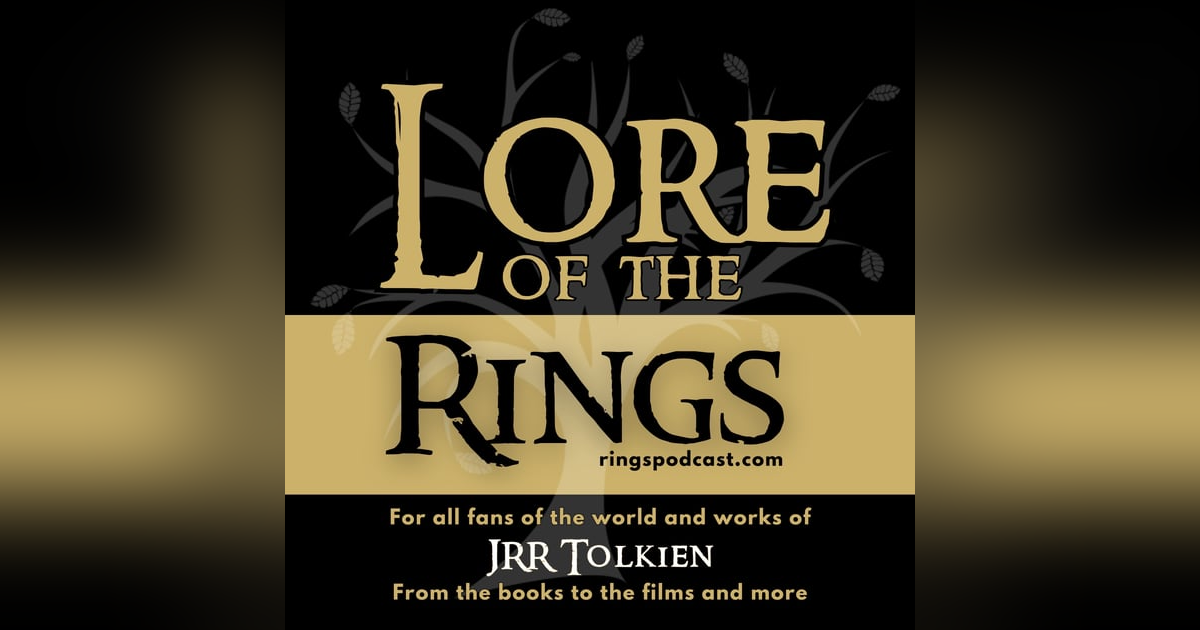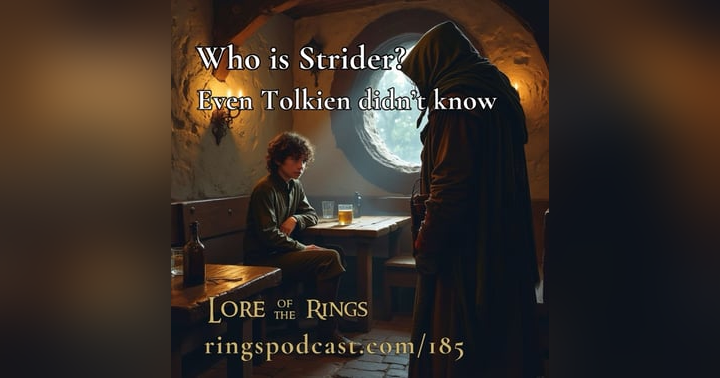Secrets of Bree: The Hidden Depths of Middle-earth’s Prancing Pony

Explore into the hidden depths of Bree, a village where stories converge and ancient histories breathe life into the present. As Frodo Baggins and his companions walk into the flickering lights of the Prancing Pony, they enter more than just an inn—they step into a place steeped in Middle-earth’s rich history and potential future. In this blog post, we’ll uncover the history, mysteries, and unique characters of Bree as brought to life in J.R.R. Tolkien’s The Fellowship of the Ring. From the diverse peoples of Bree to Tolkien’s creative process, there’s much to explore in this iconic chapter.
A Village at the Crossroads: Bree’s Geography and People
Bree is a unique village in Middle-earth, situated at the intersection of ancient east-west and north-south roads. This location isn’t just convenient—it marks Bree as a place of meeting and mingling, where different races and histories come together. Tolkien describes three main groups within Bree: the Big Folk (humans), the Little Folk (hobbits), and the mysterious Rangers.
1. The Big Folk of Bree
Bree’s human inhabitants are known for their endurance, cheerfulness, and stability. Tolkien paints them as a warm, welcoming people, which differs starkly from how they’re depicted in Peter Jackson’s film adaptation. In the movies, Bree’s humans are portrayed as grungy and unwelcoming, creating an air of mystery and danger. But in Tolkien’s original vision, they are sturdy, good-natured folk, akin to a “big people” version of hobbits.
2. The Little Folk of Bree
Alongside the Big Folk are the hobbits of Bree, who, unlike their Shire counterparts, are older settlers, even referring to the Shire as a “colony.” These hobbits live in harmony with the Big Folk, in a community that respects and celebrates each other's differences. Bree is a place where hobbits and humans coexist peacefully, a rare dynamic in Middle-earth.
3. The Rangers
Perhaps the most mysterious residents of Bree are the Rangers, described by Tolkien as “tall, dark” wanderers with unusual abilities, like heightened senses and a deep understanding of ancient languages. While the Big Folk of Bree don’t fully understand the Rangers’ origins, their presence evokes a powerful sense of history—one tied to the lost kingdoms of old and the return of kings from across the sea. The presence of these enigmatic characters adds an intriguing layer to Bree’s quiet charm.
Tolkien’s Inspiration: The Unplanned Arrival of Bree
Interestingly, Bree wasn’t part of Tolkien’s original vision for Middle-earth. In a letter written in 1955, Tolkien reveals that Bree took him by surprise: “Tom Bombadil I knew already; but I had never been to Bree.” Tolkien’s process of discovery—finding new places and characters as he wrote—adds depth to his world-building and reflects how Bree evolved into a key setting in The Lord of the Rings.
In The Hobbit, Bilbo and his company bypass Bree altogether, even though their path took them very close to the village. The place had yet to take shape in Tolkien’s mind, and it wasn’t until he began working on The Lord of the Rings in the late 1930s that Bree became a tangible, lively setting, rich with its own customs and history.
The Prancing Pony: A Meeting Place of Stories
Bree’s central inn, the Prancing Pony, is a critical point of convergence for the different peoples and travelers of Middle-earth. It serves as a gathering place for Big Folk, Little Folk, and travelers like Frodo and his friends, who seek shelter within its walls. In this cozy yet bustling inn, the common room is abuzz with laughter, storytelling, and song—a far cry from the shadowy depiction seen in the film adaptation.
The Prancing Pony is a space where contrasting cultures and histories come together. It’s a melting pot, where tales are exchanged, and unexpected alliances are formed. As we learn from Tolkien, even small, seemingly insignificant places like this inn can hold profound importance in Middle-earth’s unfolding story.
The Dike and Hedge: The Small Details that Shape Middle-earth
One unique feature Tolkien highlights in his description of Bree is its lack of a defensive wall, unlike what we see in the movies. Instead, the village is protected by a simple dike and a thick hedge, which serve as both boundary markers and a modest form of defense. This detail, though easy to overlook, reinforces the grounded realism of Tolkien’s world, connecting it to the dikes of medieval England. Through such small, historical details, Tolkien imbues Middle-earth with a deep sense of realism and continuity, grounding it in the traditions and landscapes of our own world.
Why Bree Matters in the Larger Story of The Lord of the Rings
Bree isn’t just a stop on Frodo’s journey; it’s a place that brings together Middle-earth’s past and future. The presence of the Rangers hints at a history that reaches back to the lost kingdoms and the line of kings, while the village’s unique mix of peoples foreshadows the alliances that will play a crucial role in the battle against Sauron. Bree reminds us that Middle-earth is vast, complex, and interconnected in ways that even the smallest villages hold a part in shaping the destiny of its inhabitants.
From its unique blend of cultures to its deep historical connections, Bree is much more than a mere pit stop for Frodo and his companions. It’s a place where ancient histories and future destinies intersect, and where even the most unassuming inn can become a gateway to Middle-earth’s past and future. Tolkien’s masterful depiction of Bree, the Prancing Pony, and its residents gives us a richer understanding of Middle-earth and the forces at play within it. So the next time you read The Fellowship of the Ring, remember that every place, every character, and every story—no matter how small—has its place in Tolkien’s grand tapestry.
Thank you for wandering Middle-earth with me today.
The links provided above are affiliate links, and if you make a purchase, I may receive some compensation at no extra cost to you. Thank you for your support!)














